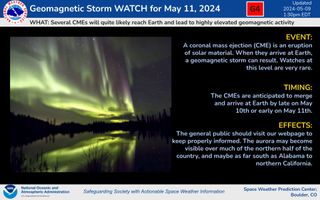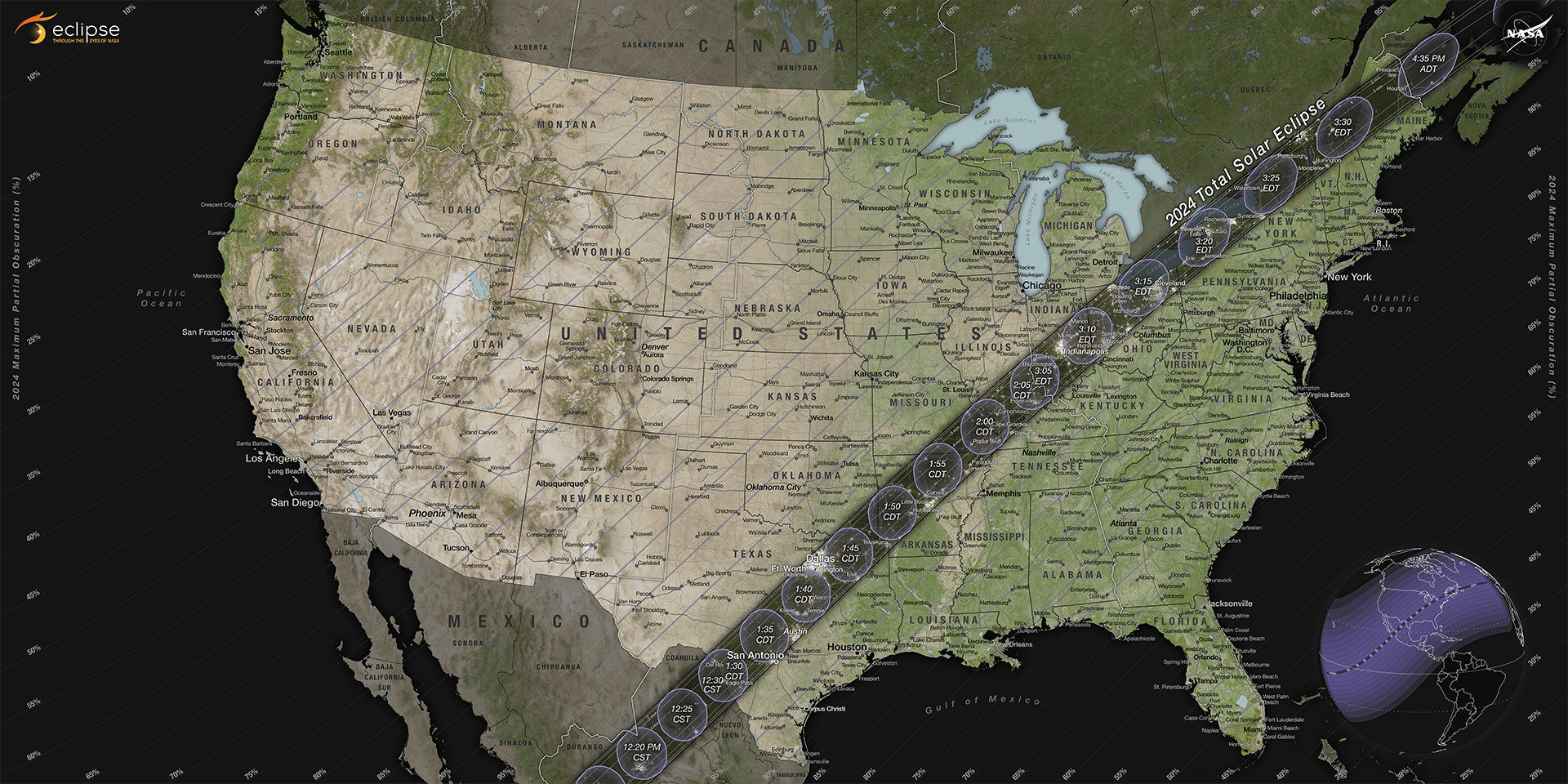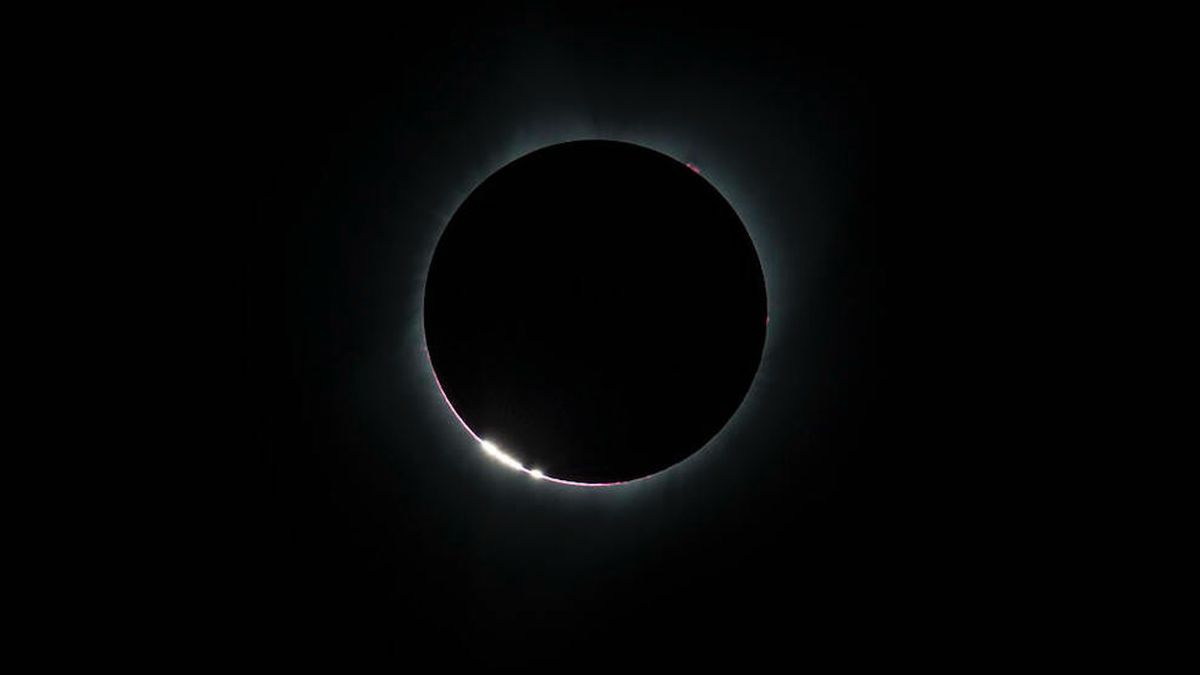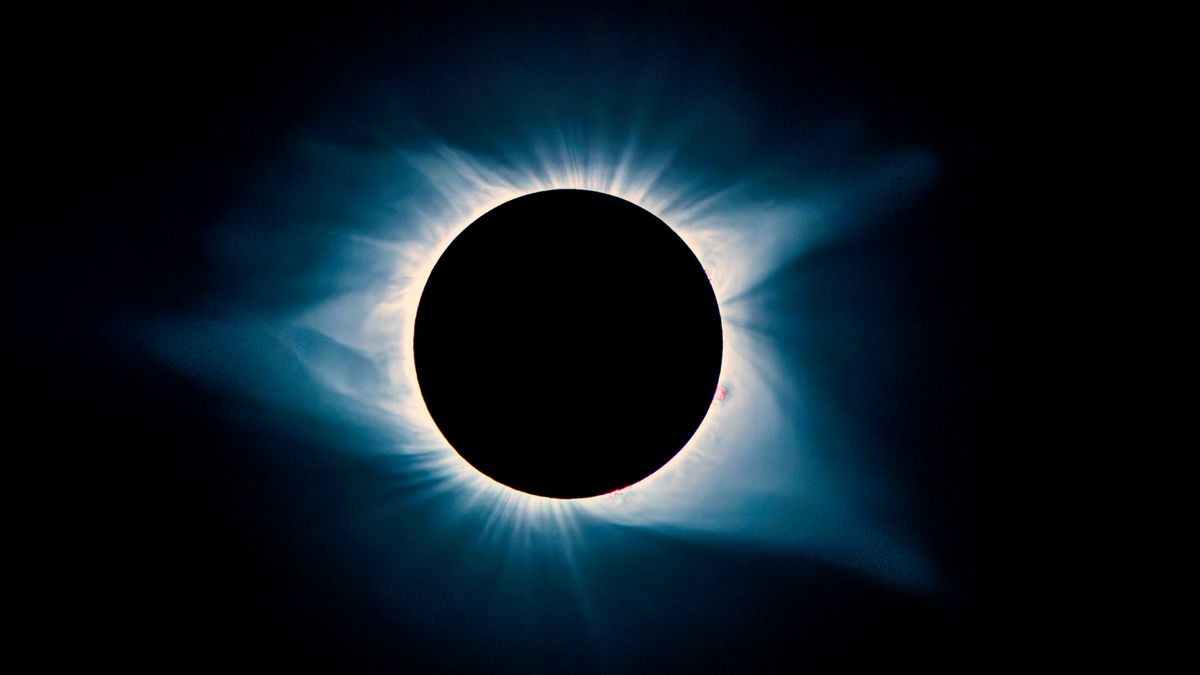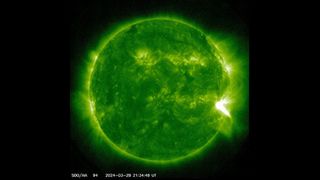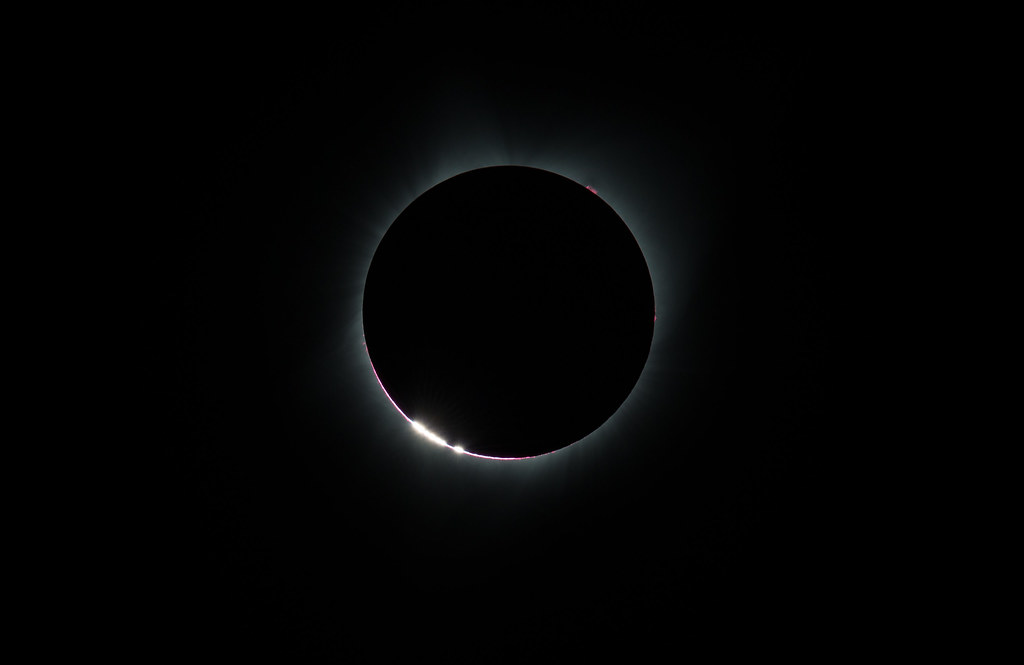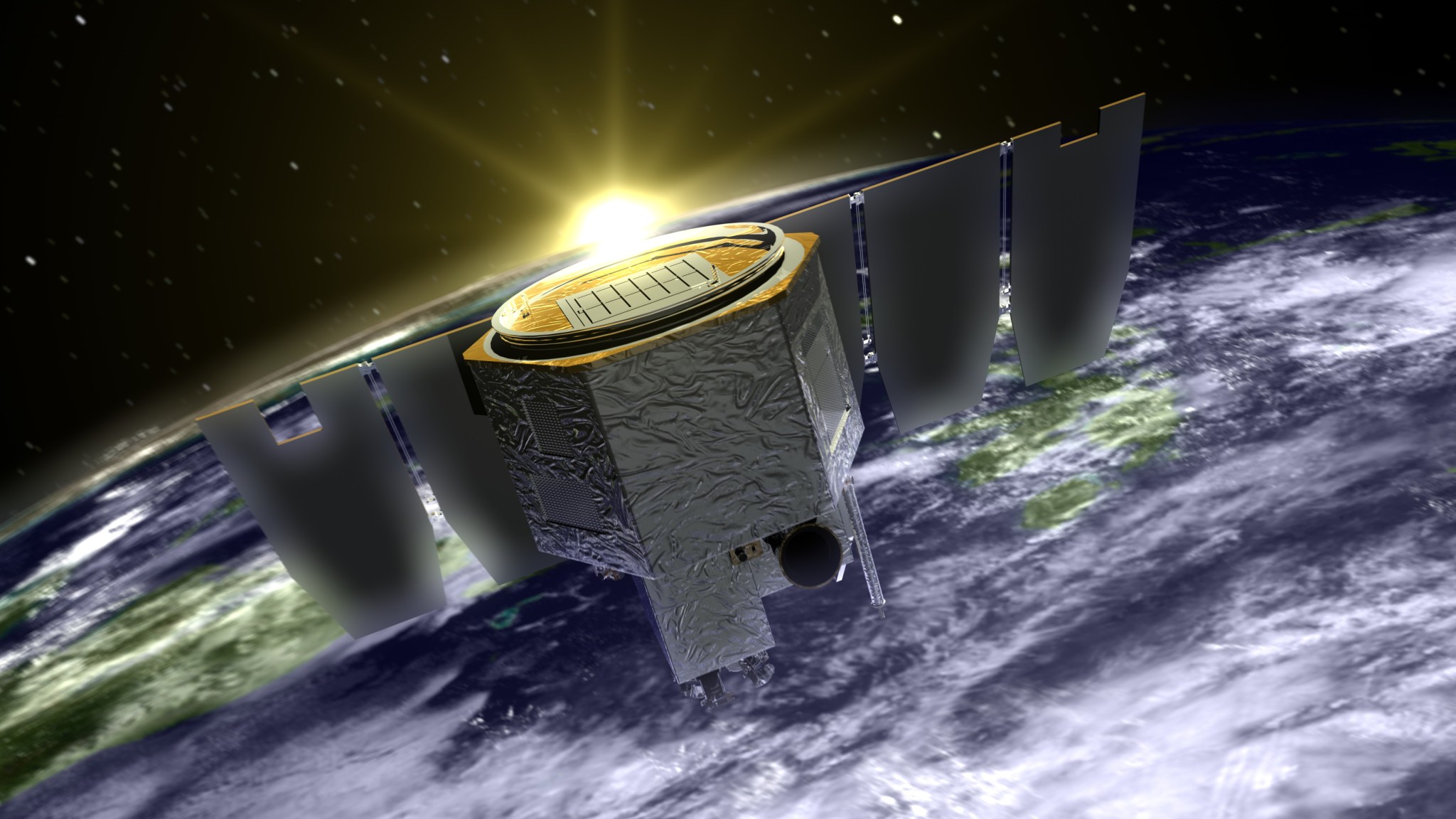The National Oceanic and Atmospheric Administration’s Space Weather Prediction Center (SWPC) has bumped up this weekend’s geomagnetic storm watch to a level G4, the second highest on the scale. The change comes as solar activity continues at high levels and at least four coronal mass ejections (CMEs) propel toward Earth. According to the NOAA’s SWPC, to have a watch at this level is rare, but it is indeed issued when there’s a high likelihood that several CMEs will reach Earth and create “highly elevated” geomagnetic activity. As we’ve reported lately,…
Read MoreTag: The Sun
Southern Illinois will get its 2nd solar eclipse in a decade this year
It’s already rare for a single location to experience a total solar eclipse — but for cities like Carbondale, Illinois, the odds have been ever in its favor. A lucky seven years ago, it was in part of the solar eclipse path of totality, and it will be this year as well. “To have two total solar eclipses in a decade is truly extraordinary and almost unheard of … we are beyond thrilled,” Sarah Vanvooren, co-chair of the Eclipse Steering Committee and director of Events and Outreach at Southern Illinois…
Read MoreScientists Pursue the Total Solar Eclipse with NASA Jet Planes
5 min read Scientists Pursue the Total Solar Eclipse with NASA Jet Planes The April 8, 2024, total solar eclipse will produce stunning views across North America. While anyone along the eclipse path with a clear sky will see the spectacular event, the best view might be 50,000 feet in the air, aboard NASA’s WB-57 jet planes. That’s where a trio of NASA-funded teams are sending their scientific instruments to take measurements of the eclipse. Two teams will image the Sun’s outer atmosphere – the corona – and a third…
Read MoreSolar eclipse sights might vary on the edge of totality: report
If you plan to watch the solar eclipse April 8 at the edge of the totality path, you might want to move further into the shadow. New amateur calculations of the solar eclipse path suggest that variations in the local terrain might change if you see a total eclipse, or how long the eclipse is experienced, compared to older estimates. The work, first reported in Forbes, is not peer-reviewed, however. So take the findings with a dose of caution. The next solar eclipse will happen in parts of the United…
Read MoreThere’s an April Fools’ Day prank about the 2024 solar eclipse — don’t fall for it
Don’t panic! It’s April Fools’ Day, which means the internet is rife with jokes, including some of the celestial sort. If you happened to stumble across the University of Vermont’s (UVM) press release about the April 8 total solar eclipse, your heart might’ve skipped a beat: “Eclipse Path and Date Miscalculated,” reads the headline. Well, that certainly caught our attention. Diving into the press release, it states that “[b]y failing to account for the time it takes light to travel from the sun, a laser-based model led by the U.S.…
Read MorePowerful X-class solar flare slams Earth, triggering radio blackout over the Pacific Ocean
Satellites have detected a massive solar flare powerful enough to ionize part of Earth’s atmosphere. Scientists spotted the solar flare erupting from the bottom of the sun on Thursday (March 28), using satellites from the National Oceanic and Atmospheric Administration (NOAA), according to the organization’s Space Weather Prediction Center. The flare, which peaked at 4:56 p.m. ET, was categorized as an X1.1 flare. X-class flares are the most powerful type of explosion the sun can produce, according to NASA. A solar flare (far right) bursts from the sun’s surface, as…
Read MoreSketch the Shape of the Sun for Science During the Solar Eclipse
5 min read Sketch the Shape of the Sun for Science During the Solar Eclipse Calling all eclipse admirers! The SunSketcher team is looking for one million volunteers to capture photos on their cell phones during the April 8 total solar eclipse. These images will help scientists learn about the size, shape, and inner structure of the Sun. This NASA-funded citizen science project invites anyone who will be within the path of totality in the U.S. to take photos of the Baily’s Beads effect, which occurs when little points of…
Read MoreWidespread solar storm struck spacecraft near the sun, Earth and even Mars
Space weather may seem like a tale from a galaxy far, far away — but when solar storms impact us on Earth, we’re directly affected. These storms are what give rise to the Northern Lights, for instance. They can even lead to temporary disruptions in our communications systems and power grid. From these solar flares, we can learn so much — and a recent release from NASA shares how, back in 2021, one in particular had a brilliant story to go with it. As space agencies continue to send astronauts…
Read MoreNight-Shining Cloud Mission Ends; Yields High Science Results for NASA
5 min read Night-Shining Cloud Mission Ends; Yields High Science Results for NASA NASA’s Aeronomy of Ice in the Mesosphere (AIM) mission, seen in this visualization, contributed to NASA’s understanding of the region that borders between Earth’s atmosphere and space. NASA After 16 years studying Earth’s highest clouds for the benefit of humanity – polar mesospheric clouds – from its orbit some 350 miles above the ground, NASA’s Aeronomy of Ice in the Mesosphere, or AIM, mission has come to an end. Initially slated for a two-year mission, AIM was…
Read MorePut on your eclipse glasses and look up to see the biggest sunspot in years before it disappears from view
A giant sunspot continued to break records this week and is currently visible to the unaided eye with solar eclipse glasses. Between Saturday (Feb. 24) and Monday (Feb. 26), as the sunspot known as AR3590 turned toward Earth, it also grew by around 25% to become the largest sunspot of the current 11-year solar cycle, solar cycle 25, measuring around 9.5 times the surface area of Earth. NASA says that while it is never safe to look directly at the sun with unprotected eyes, eclipse glasses are perfect for observing…
Read More